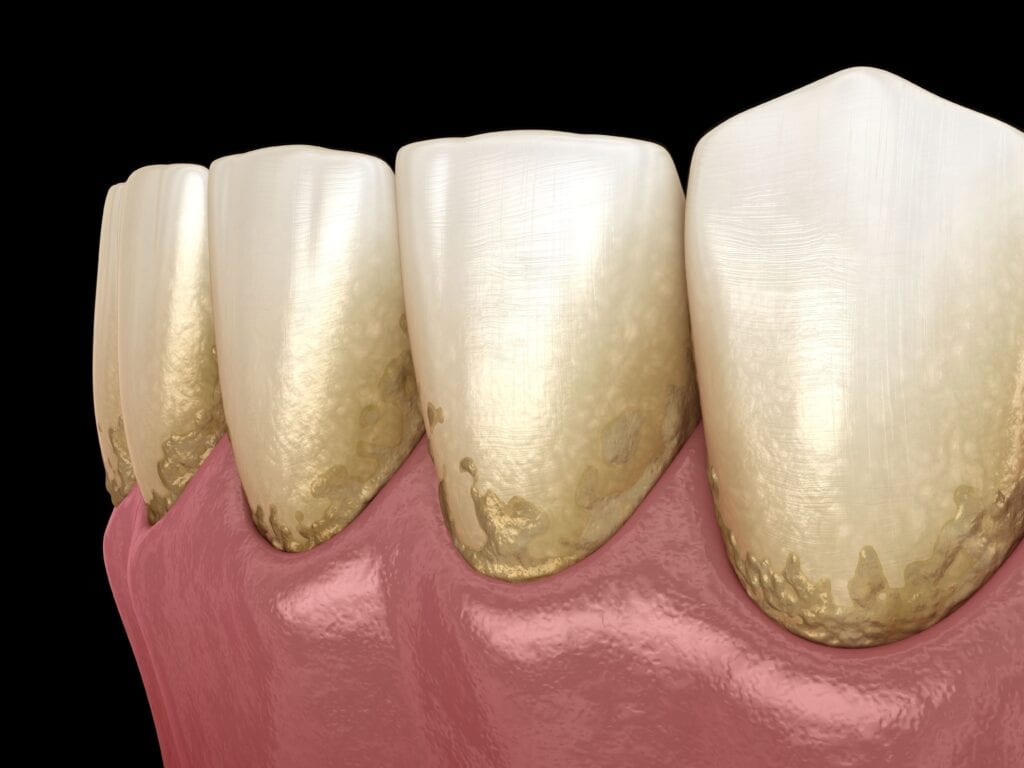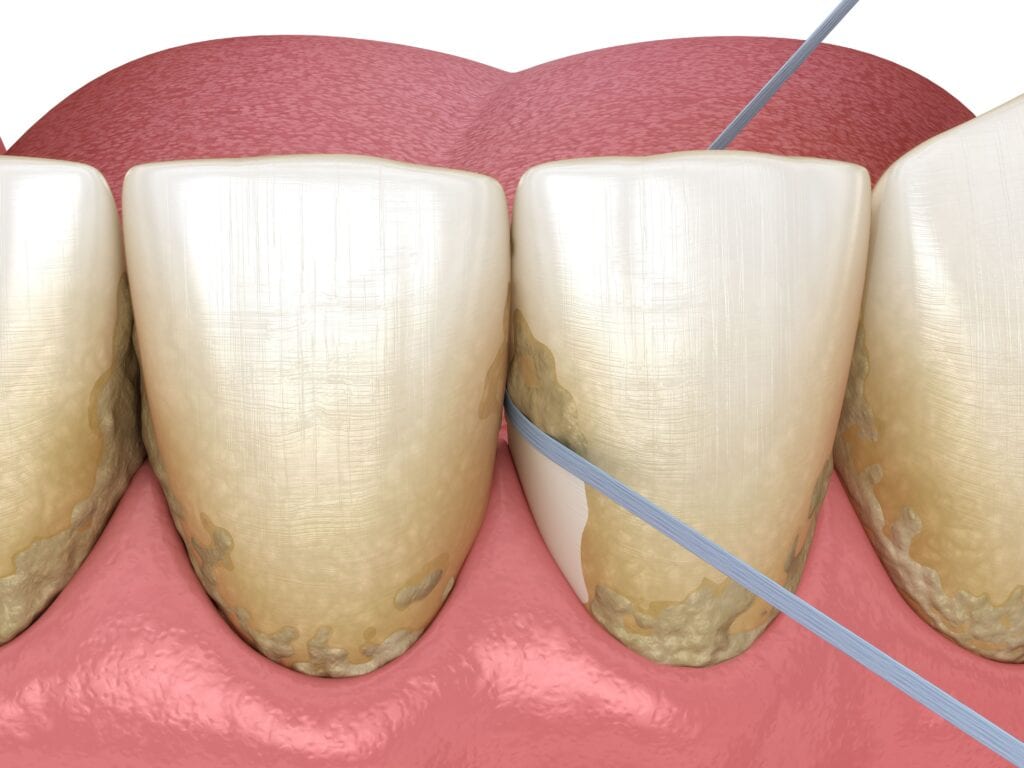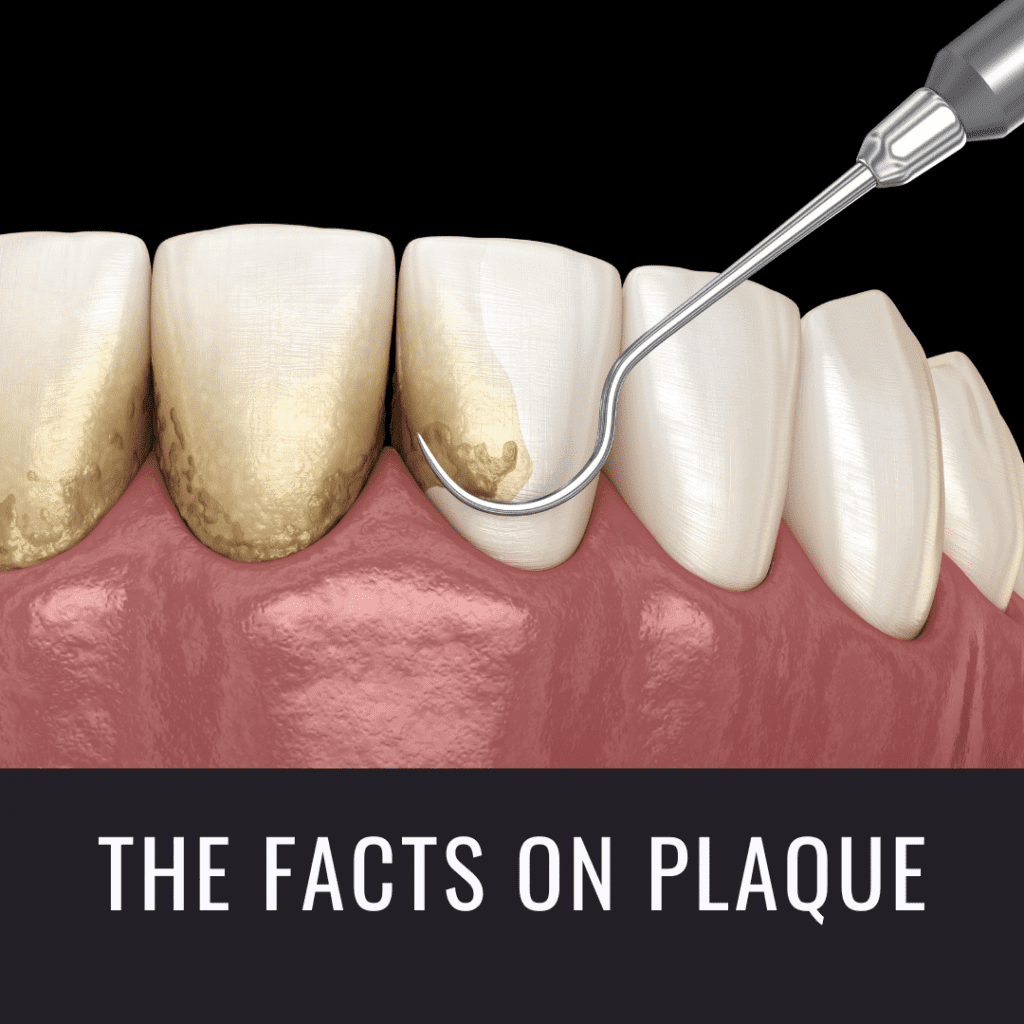You’ve likely heard about dental plaque and you may even have some idea of how it affects your oral health. But how much do you really know about plaque? Because knowledge is power, here are the most important facts on plaque:
Fact #1: What is Plaque

Dental plaque is the clear film that forms on the surface of your teeth. Since it is sticky, it can trap food particles and houses a range of microorganisms, especially bacteria. Because of this, plaque is also referred to as biofilm, oral biofilm, microbial plaque, dental plaque biofilm, or bacterial plaque biofilm. Dental experts have found that when all the water is removed from plaque, 70% of its components are bacteria. Researchers have also identified approximately 1,000 different varieties of bacteria within dental plaque.
Fact #2: Where it Forms
Plaque can form on the entire surface of your teeth, meaning that it can form on both the tooth’s crown and root. Supragingival plaque is the term used to describe plaque that forms above the gums on the tooth’s crown. Supragingival plaque is the first type of plaque that forms and can lead to the formation of subgingival plaque. Subgingival plaque is the term used to describe plaque that forms below the gums on the tooth’s root.
Fact #3: How Plaque Forms
No matter how good you are at oral hygiene, plaque will continue to form. This is because it is made up of two components that are naturally found in the mouth: water and bacteria. Not only that, but additional bacteria enter the mouth while eating, drinking, and breathing. Since the pH of the mouth is ideal for bacterial reproduction and bacteria feed on sugars from foods and beverages, this creates an ideal environment for bacterial growth. Additionally, teeth do not shed like other structures in the body, which allows bacteria to constantly grow. As more and more bacteria grow, plaque forms along the surfaces of the teeth.
Fact #4: Excess Plaque is Harmful

As mentioned above, teeth do not shed and allow bacteria to constantly grow. This ultimately means that the only way to control the amount of bacteria and plaque is through removing it yourself. In cases where plaque is not removed, excess bacteria will continue to build up in this area. After “feeding” on sugars, bacteria will then deposit an acidic waste product on the enamel. More bacteria means more acid and acid breaks down the enamel over time. Eventually, this results in the formation of a cavity. Excess plaque and bacteria along the gum line can also cause gum irritation, which can lead to an infection known as gum disease.
Fact #5: Controlling Plaque
Since excess plaque can lead to both tooth decay and gum disease, it is important to manage the amount of plaque in your mouth. As mentioned above, you will not be able to completely eliminate plaque, since it will continue to form 4-12 hours after being removed. This is why regular, daily brushing and flossing is so important because it prevents plaque from accumulating. Having your teeth professionally cleaned once every six months is also important so your dentist can clean places you may have missed during your routine brushing and flossing.

Dr. Admar holds dual certificates — a Bachelor of Dental Surgery (BDS) in 2010 from India and a Doctor of Dental Surgery (DDS) in 2014 from Canada. He is now a full time practicing dentist in Kamloops where he provides a variety of services, including emergency dentistry. Dr. Admar spends hundreds of hours in continued dental education to stay up to date in cosmetic and implant dentistry and he has achieved several advanced qualifications.


